Mr. Vu Duc Giang, Chairman of the Vietnam Textile and Apparel Association (VITAS), said that although 2023 will face many difficulties and textile and garment exports are expected to decrease compared to 2022, 2023 will also mark a record breakthrough for the textile and garment industry in terms of export markets. 
Mr. Vu Duc Giang, Chairman of the Vietnam Textile and Apparel Association (VITAS) spoke at a press conference on November 23.
Speaking at the press conference of the Vitas 2023 summary conference organized by the Vietnam Textile and Apparel Association on the morning of November 23, Mr. Vu Duc Giang, Chairman of the Vietnam Textile and Apparel Association (VITAS), said that in 2023, the textile and garment industry will be affected, the global inventory of goods will be very challenging, causing the textile and garment industry to be greatly affected. Textile and garment export turnover in 2023 is estimated at 40.3 billion USD, down 9.2% compared to 2022. Garment exports are estimated to decrease by 3.1 billion USD, equivalent to 8.9%, fabric exports are estimated to decrease by 186 million USD, equivalent to 6.9%, yarn exports are estimated to decrease by 485 million USD, equivalent to 10.3%, and raw material exports are estimated to decrease by 218 million USD, equivalent to 16%.
In 2023, the structure of export goods has changed significantly. Some key export items decreased sharply such as sweatpants, shorts, children's clothing... On the contrary, items such as labor protection clothing, suits, medical clothing, jeans increased rapidly.
“Although export turnover decreased, 2023 is the year that textile and garment exports will make a breakthrough in terms of markets. Never before has the textile and garment industry exported to so many markets with 104 markets and territories,” said Mr. Vu Duc Giang.
In which, the largest market of Vietnam's textile and garment industry is still the US market, in 9 months, garment products exported to the US market reached over 11 billion USD, Japan about 3 billion USD, Korea is 2.4 billion USD, EU is nearly 2.9 billion USD. These are the 4 key markets of the textile and garment industry. Next, the textile and garment industry exported to Canada about 850 million USD, China 830 million USD, Cambodia more than 600 USD, UK 504 million USD...
“We export to 104 markets, this is a challenge. When major export markets decrease, businesses must find ways to expand export markets such as Africa, Russia, India... It is the Vietnamese people in these countries who are the bridge for textile exports to these countries,” Mr. Vu Duc Giang added.
To achieve the above results, according to Mr. Vu Duc Giang, Vietnam Textile and Apparel Association, has set a goal for the business community to affirm the position of the industry, at the same time, build solutions with the business community in the sustainable development strategy, meet standards in the terms of commercial contracts, and organize assessments. Up to now, most businesses have achieved very well.
In particular, Vietnamese textile and garment enterprises are also actively implementing greening, sustainable development, investing in infrastructure to reduce greenhouse gas emissions, promoting sustainable product development solutions, converting steam boilers to electricity instead of burning coal, firewood, etc. Along with that, Vietnamese textile and garment enterprises also invest heavily in developing digital technology , creating transparency in production and business.
“Along with the use of recycled, environmentally friendly products such as hemp and bamboo fibers, the Vietnamese textile and garment industry has also arranged a business community model, quickly moving factories from cities to remote areas. In recent years, despite difficulties, businesses have still invested in many new factories, so they have maintained their export proportion. We expect that during Christmas in December and New Year, major import markets will boost 2024 when they reduce inventories. In the fourth quarter of 2023, the Vietnamese textile and garment industry has received signals of better orders, the market has begun to heat up, this is a good trend for the approaching 2024 target," said Mr. Vu Duc Giang.
A representative of the Vietnam Textile and Apparel Association said that in 2024, the world economy is forecast to have many fluctuations. The challenges for textile and garment enterprises have not stopped when more and more large textile and garment import markets are issuing new mandatory regulations related to the assessment of Human and Environmental Rights in the Supply Chain, regulations on eco-design, recycled products, textile waste treatment, etc.
However, Vietnam's textile and garment industry still has advantages over competing countries. Vietnam has participated in and is negotiating 19 Free Trade Agreements (of which: 16 FTAs have been signed and implemented; 3 FTAs are under negotiation) and is the only country to sign Free Trade Agreements with all major economic partners in the world such as: the United States, Japan, China, EU, UK, Russia. In particular, the Strategy for the Development of Vietnam's Textile and Garment and Footwear Industry to 2030 with a vision to 2035 recently approved by the Government will be the foundation for attracting foreign investment in the fiber - weaving - dyeing sector, creating opportunities for the textile and garment industry to take advantage of incentives from the Agreements.
Based on analysis and forecast of domestic and international situations, VITAS sets the industry-wide target of achieving an export turnover of 44 billion USD in 2024.
To achieve the set goals, the Vietnam Textile and Apparel Association will continue to work closely with businesses, focusing on the interests of textile and garment businesses. Specifically, the Association will play a good role in connecting domestic businesses with each other and with foreign-invested enterprises to form supply chains and expand export markets. At the same time, it will coordinate with prestigious international organizations to implement programs to support businesses in governance, green transformation, new technology, design, branding, etc.
In particular, implementing domestic and international trade promotion programs creates opportunities for Vietnamese enterprises to exchange and promote their images; promptly conveying information about the industry, domestic and international socio-economics to members. In particular, VITAS always plays an effective role as a bridge between state management agencies and textile and garment enterprises, reflecting on difficulties in policy mechanisms, and performing well as a member of the National Wage Council and the Prime Minister's Advisory Council on Administrative Procedure Reform.
“The goal throughout 2024 of the Vietnamese textile and garment industry is to continue to diversify export markets, develop sustainably while adapting to the global market's requirements for greening, reducing greenhouse gas emissions, investing deeply in electric boiler systems, and gradually reducing fossil fuel boilers. In particular, investing in digital management, controlling adaptation to the global textile and garment industry, implementing technology and automation in some production lines to adapt to fast delivery, small and high-quality products, and focusing on solutions for developing the fashion industry…”, said the Chairman of VITAS.
The head of the Vietnam Textile and Apparel Association also added that now is the number 1 opportunity for textiles and garments to penetrate the global market thanks to FTAs, but there are 3 factors that need to be followed. That is, businesses need to quickly adapt to the global rules of the game of brands, and take the initiative in the fashion industry. Along with that, businesses must be proactive, build a tight chain with yarn and dyeing manufacturers, create a chain in the development strategy, and move towards mastering the game of global brands.
According to VNA
Source










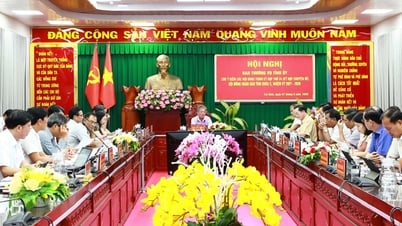

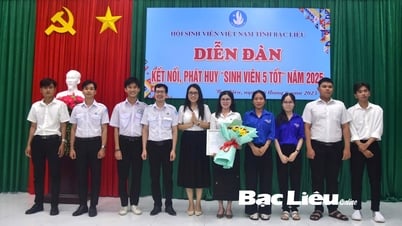












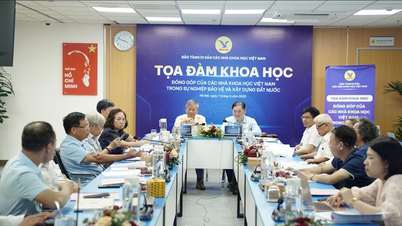


































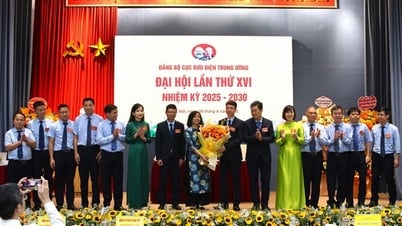








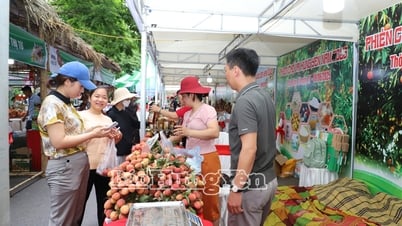



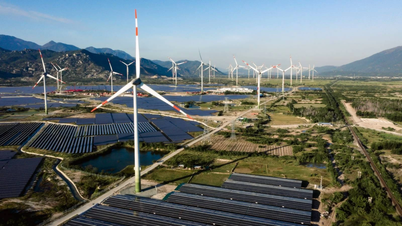









![[OCOP REVIEW] Tu Duyen Syrup - The essence of herbs from the mountains and forests of Nhu Thanh](https://vphoto.vietnam.vn/thumb/402x226/vietnam/resource/IMAGE/2025/6/5/58ca32fce4ec44039e444fbfae7e75ec)







Comment (0)